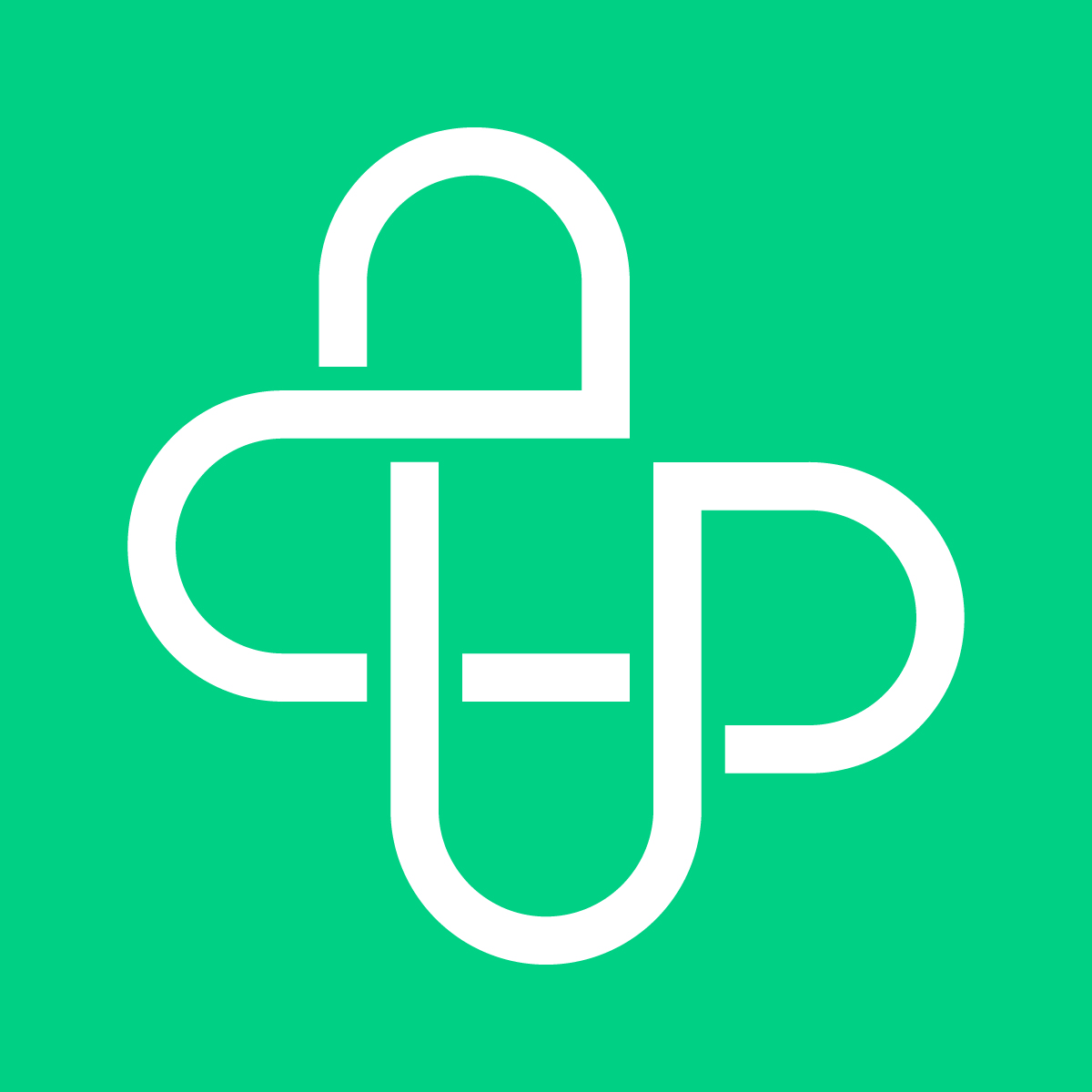Healthcare is one of the most talked-about (and controversial) topics of our day. And while opinions may vary greatly in terms of what needs to be improved, the general consensus is that the healthcare industry is due for a much-needed overhaul.
One of the more difficult challenges to tackle has been “cracking the code” of healthcare consumer behavior, specifically as it relates to how individuals view their responsibilities and priorities in terms of maintaining their own health and wellness.
As any health practitioner will tell you, the motivations and attitudes of patients towards managing their own health can be radically diverse, so it becomes difficult for healthcare organizations to maximize patient engagement.
Multiple industry studies have shown that targeting audiences based on traditional demographic or socioeconomic criteria typically produces sub-par results in terms of fostering health-related behaviors. An unfortunate result is an overburdened healthcare system that has largely been ineffective in motivating patients towards adopting recommended actions to improve their health and well-being.
So How Can Psychographic Segmentation Help Transform Healthcare?
Audience segmentation is a method that has long been in use in the retail and consumer goods industries, as it enables marketers to customize their messages in order to maximize engagement with their target audience.
Like any other commodity market, the healthcare industry depends upon massive amounts of data in order to develop adequate consumer profiles for their products and services. If this data is based upon erroneous assumptions, healthcare marketing efforts may fall victim to inaccurate audience targeting and engagement, producing very limited success.
As we’ve discussed on this blog, traditional demographic segmentation methods — e.g., grouping people by age, gender, ethnicity, socioeconomic status, etc. — offer very little insight as it relates to understanding the motivations and preferences of a given target audience. The truth of the matter is that healthcare consumers represent a remarkably wide range of personalities, values, needs, and motivation levels, even among people who have similar health conditions.
Fortunately, that’s where psychographic segmentation can step in and “clear the fog” for healthcare marketers (and clinicians who must engage and motivate patients). Psychographic segmentation groups consumers by key psychological factors such as their values, beliefs, priorities, attitudes, and lifestyles, all of which lay the groundwork for a more robust and relevant customer profile.
When healthcare stakeholders can access such detailed information about their target audience, they are better able to design effective messaging that resonates with each consumer segment, producing higher rates of patient engagement and improved outcomes.
Case Study: TriHealth Corporate Health
A prime example of the benefits of market segmentation in the healthcare industry can be seen in a recent case study by Advisory Board, in which TriHealth Corporate Health, a Cincinnati-based integrated delivery system, partnered with PatientBond (a subsidiary of Upfront Healthcare) to develop a psychographic segmentation strategy with its health coaches. TriHealth’s health coaches work with members who manage diabetes, musculoskeletal disorders and other health issues to modify behaviors and facilitate healthier lifestyles.
PatientBond worked with TriHealth to classify each individual into one of five different psychographic segments, as determined by their responses to a 12-question survey. The five segments are as follows:
- Self-Achievers: Individuals who are proactive in maintaining their health via participating in regular medical check-ups, screenings, etc.
- Balance Seekers: Wellness-oriented individuals who rely upon seeking out several sources of information along with the opinion of their healthcare professional.
- Priority Jugglers: Busy individuals who typically prioritize the wellbeing of family members and loved ones over their own health.
- Trustful Responders: Individuals who tend to defer to their physician or healthcare professional when it comes to addressing their healthcare needs.
- Willful Endurers: Self-reliant individuals who typically do not seek medical help unless it is absolutely necessary.
According to the results of the effort, TriHealth experienced improved goal attainment, reduced risk factors among participating members, increased satisfaction for both patients and health coaches and reduced costs significantly for their employer clients. By training health coaches to recognize and assess their patients in light of the above psychographic segments, they were able to better “speak the language” of the patients to whom they were assigned, resulting in more positive and productive interactions for both parties.
One of the key factors in the success of psychographic segmentation in healthcare is its ability to move beyond the external or superficial characteristics of a given consumer group, focusing instead on the internal or psychological factors that drive consumer behavior and decisions.
By adopting market segmentation in the healthcare industry, healthcare organizations can customize patient engagement based upon the often-unarticulated preferences and motivations of their target audience, which makes for a much more personalized healthcare experience. Over time, psychographic segmentation in the healthcare industry can dramatically transform the healthcare system by yielding positive health outcomes on a more consistent basis.







